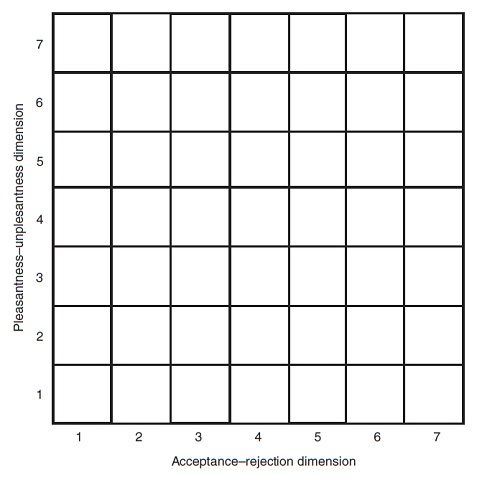Post by Patrick D'Arcy on Jan 27, 2013 16:16:29 GMT -8
Patrick D'Arcy walked into his classroom. Placing the flat of his hand on the desk, he waited while Snoop balanced her way down his arm and then scampered over to her box-bed that was always on his desk. The corners of the man's lips curved as he watched the rat burrow her way into the middle of the nest of material. Patrick then turned his attention to getting the classroom ready for his students' arrival. Checking his watch, he saw that he still had a good fifteen minutes until the current class let out.
Walking over to the white board, he wrote in large letter across the top
He had sent a message to each of the students and asked them to bring in five to ten newspaper and magazine photos of people faces, and these he would use in the class.
Walking back to his desk, he pulled out some large poster board handouts that he would give each of his students. The paper was drawn up into a seven by seven square grid. The squares in the figure should be labeled with numbers. Along one axis, label seven positions that range from pleasant to unpleasant; along the other, label seven positions from acceptance to rejection. He had also, prepared additional strips of poster board material labeled sleep-tension in lettering similar to that used in the poster. The extra strip of poster board should also have seven numbered positions and be large enough to cover the labels of the other dimensions.
Walking over to the white board, he wrote in large letter across the top
Emotions
Under that he wrote:Emotion can be defined as a conscious experience that includes a state of (physiological) arousal and a mediating interpretation. As such it is assumed to emphasize two factors: (a) some degree of arousal and (b) an attempt by the experiencing organism to label the experience. Nonetheless, emotion is still a very complex phenomenon to study. Indeed, the two most widespread research strategies have been (a) attempts to label the dimensions of emotion and (b)
theoretical attempts to integrate physiological and cognitive factors.
He had sent a message to each of the students and asked them to bring in five to ten newspaper and magazine photos of people faces, and these he would use in the class.
Walking back to his desk, he pulled out some large poster board handouts that he would give each of his students. The paper was drawn up into a seven by seven square grid. The squares in the figure should be labeled with numbers. Along one axis, label seven positions that range from pleasant to unpleasant; along the other, label seven positions from acceptance to rejection. He had also, prepared additional strips of poster board material labeled sleep-tension in lettering similar to that used in the poster. The extra strip of poster board should also have seven numbered positions and be large enough to cover the labels of the other dimensions.
The Graph:






